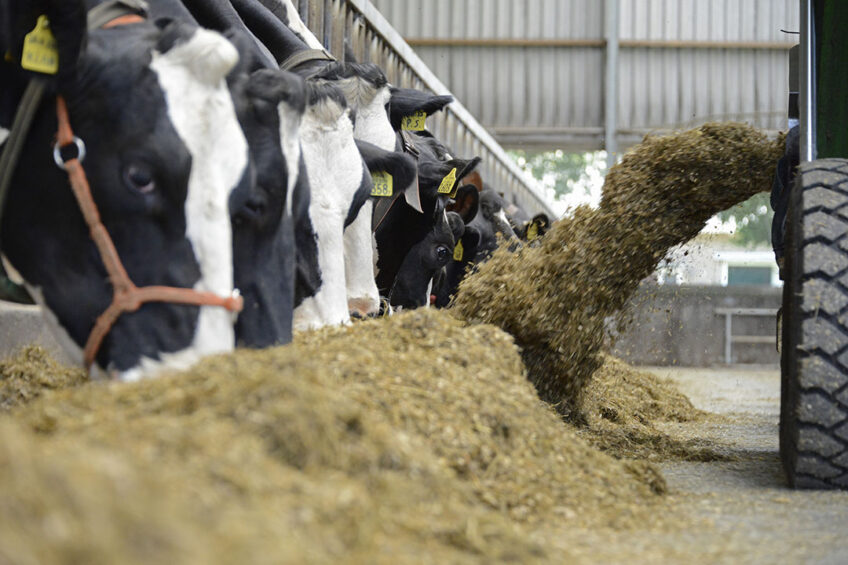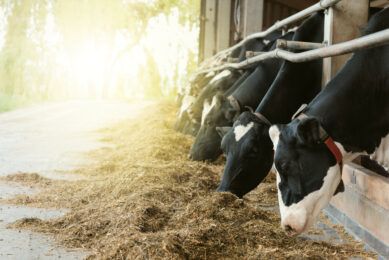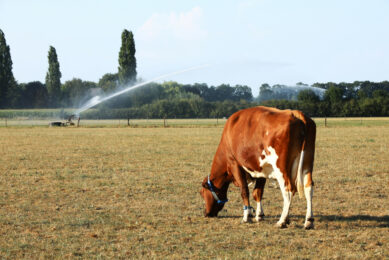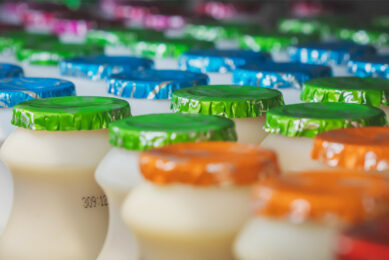Betaine and fat to combat heat stress in dairy cows

Several studies have highlighted the benefits of different additives on heat stress in dairy cows, but few have focused on the economic benefits of such additives. Researchers from the University of Melbourne carried out an economic analysis of supplementing either betaine or fat, or a combination, as heat-relieving strategies in lactating Holstein Friesian cows.
The frequency and severity of heat stress events impacting most dairies during the summer periods are expected to increase with increasing global warming challenges. Meanwhile, digestion and metabolism of feed generate heat that contributes to the total heat load on dairy cows and when this load cannot be dissipated due to environmental conditions, feed intake and milk production are compromised.
Studies show that when the temperature-humidity index (THI) exceeds 68, cows are likely to experience heat stress. Betaine has been shown to have an osmoregulatory function that helps relieve heat stress in animals. On the other hand, fat has a lower heat increment than most feeds, and feeding high-fat diets to cows during hot weather has been shown to produce higher amounts of energy-corrected milk in previous studies.
In this study, an economic threshold analysis before the animal trial was used to assess whether the required production response from the additives is feasible or profitable.
Supplementing betaine and fat
The minimum change in milk production needed for each additive to be a profitable alternative to feeding the control diet was estimated by economic threshold analysis during the pre-experiment period compared to the heat-stress period in dairy cows.
During the heat stress challenge, 32 lactating Holstein-Friesian cows were fed three additive diets. Cows had a 4-day heat challenge where they were exposed to a moderate heat challenge in controlled-climate calorimeters, followed by a 7-day recovery period under ambient conditions. Diets were a mixed ration designed to emulate diets commonly fed on Australian dairy farms during the summer periods. The experimental diets:
- Betaine: control diet + 16 g betaine (trimethylglycine as a powder) per cow per day
- Fat: control diet + 0.7 kg canola oil per cow per day
- Betaine + Fat: control diet + (16 g Betaine and 0.7 kg canola oil) per cow per day
Once the animal experiment was completed, the pre-experimental milk production thresholds were compared to the measured differences in milk production from feeding each experimental diet and the control diet using (2) scenarios to estimate the economic benefits of feeding the additives for an extended period of 212 days (1 September to 31 March).
The first scenario (Scenario 1) assumed that feeding each experimental diet would provide a benefit to milk solids production over the control diet when THI was equal to or greater than 75. It was assumed that there were 91 days between 1 September to 31 March where THI was equal to or greater than 75. On the remaining 121 days where THI was less than 75, the amount of milk solids from the additives was assumed to be the same as that of the control diet. The second scenario (Scenario 2) analysed the benefits for the whole feeding period of 212 days.
Economic benefits of betaine
Cows fed the betaine diet produced numerically the same amount of milk as those fed the control diet during the pre-challenge period but produced on average 0.07 to 0.05 kg milk solids/cow per day more during the heat challenge and recovery periods, respectively. In the post-experimental economic analysis, accounting only for the heat-induced milk production benefits on days where THI ≥ 75 (Scenario 1), the betaine diet exceeded the required milk production threshold under average supplement and milk price conditions.
However, when supplementation cost was high and milk price low, the benefits of feeding betaine under hot weather conditions were not enough to justify the additional cost compared to the control diet. But when the benefits recorded during the recovery period of the animal experiment were incorporated into the post-experimental comparison (Scenario 2), the betaine diet was a profitable alternative to the control diet under all supplement and milk price conditions tested.
Economic benefits of fat
Cows fed the ‘Fat’ diet during the animal experiment produced the greatest amount of milk solids of all treatments. The numerical increase in milk production was not limited to the heat and recovery periods; an increase in milk solids production was also recorded during the pre-challenge period, a thermo-neutral period not associated with heat stress. This indicated a benefit for milk production from feeding extra fat per se, irrespective of heat stress conditions, and was suggested to be likely due to higher total energy intake during the pre-challenge period.
The post-experimental economic analysis for both hot days (THI ≥ 75) and thermo-neutral days (THI < 75) resulted in the fat diet exceeding (extra 0.31 kg milk solids/cow/day with THI ≥ 75, 0.29 kg milk solids/cow/day with THI < 75) the required milk production economic thresholds under all price conditions tested.
Overall benefits
The pre-experimental thresholds equated to a 1% increase in milk production for the betaine supplement, a 9% increase for the fat supplement, and an 11% increase for betaine and fat combination, to achieve the same contribution to farm profit as the control diet. After the post-experimental comparison (pre-experimental period vs heat stress experimental period), the economic analysis showed that supplementing diets with fat or betaine had the potential to produce enough extra milk to exceed the production thresholds, making either supplement a profitable alternative to feeding the control diet during the hot-weather period.
However, unexpectedly, cows fed a combination of betaine and fat did not produce enough extra milk solids to be a profitable alternative to the control diet. It was suggested this could be the result of an antagonistic interaction between betaine and canola oil for milk yield – requiring further research to understand this interaction over a long-term period. “However, if the full milk production benefits reported here can be achieved in a commercial farm context, betaine or fat supplementation may offer an alternative or complementary strategy to longer-term investments for managing heat stress, such as shade infrastructure and genetic improvement,” said the researchers.
Join 13,000+ subscribers
Subscribe to our newsletter to stay updated about all the need-to-know content in the dairy sector, two times a week.










